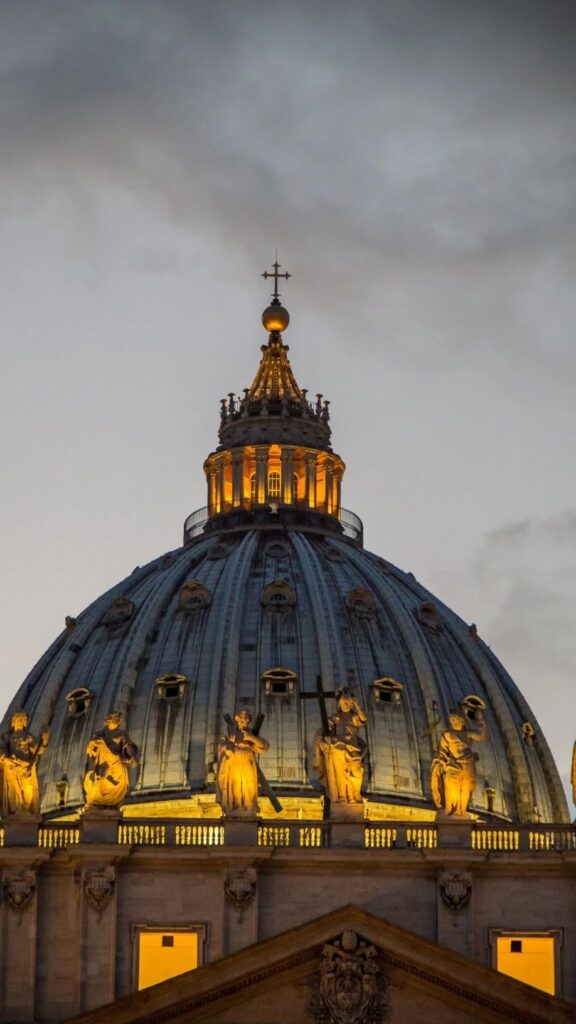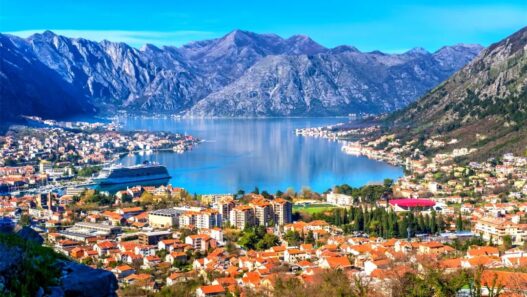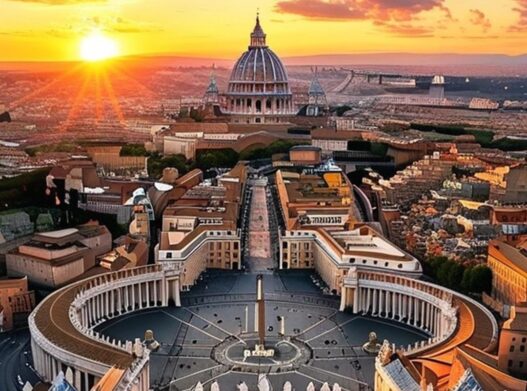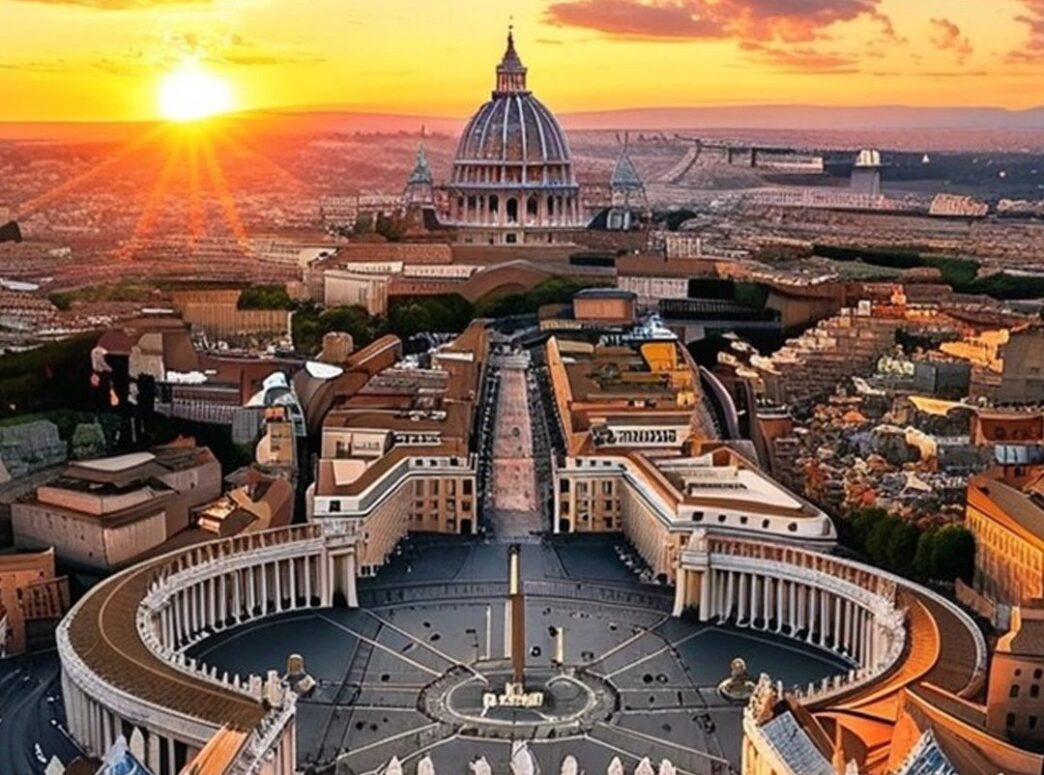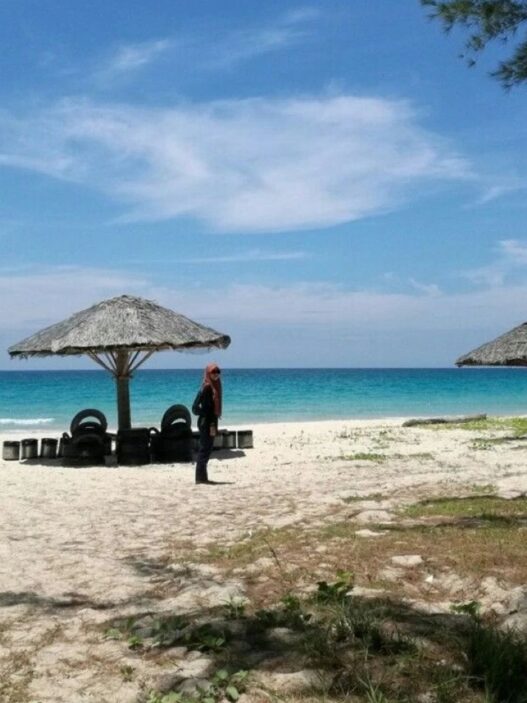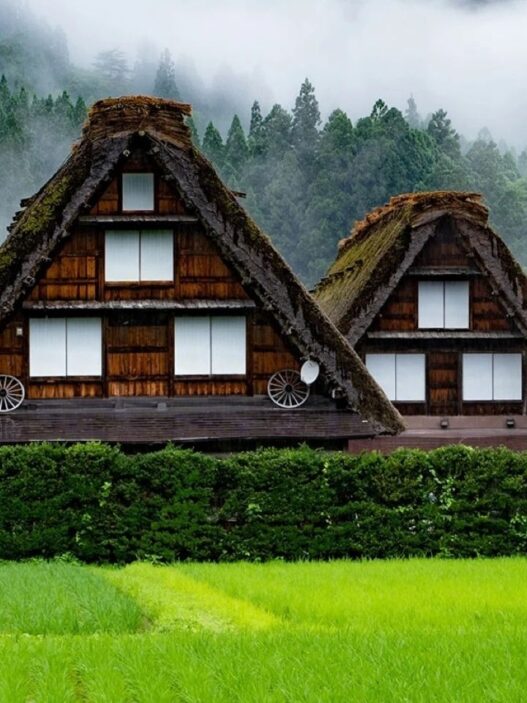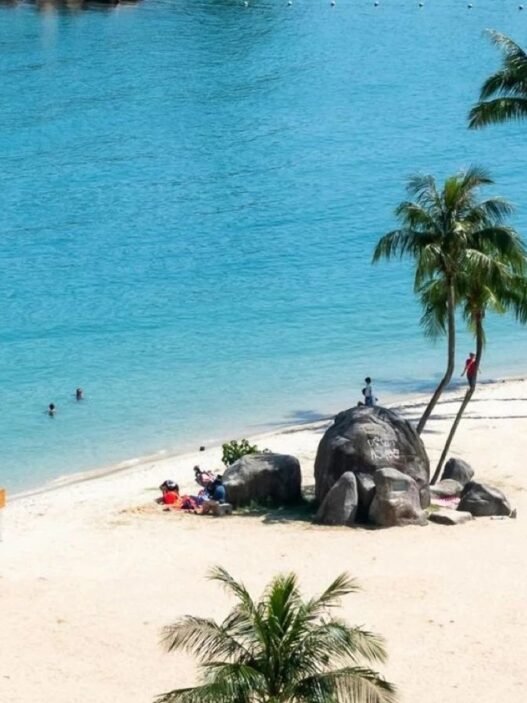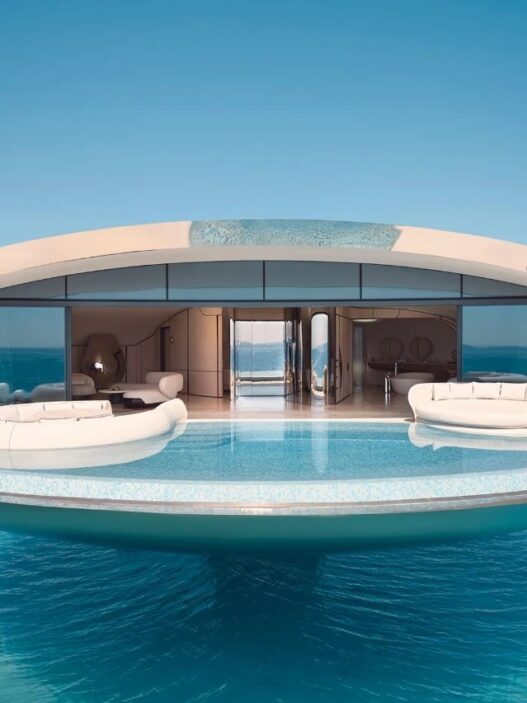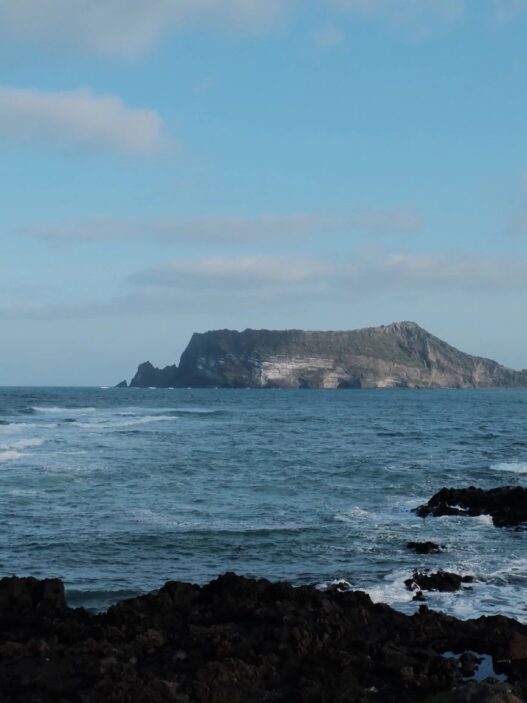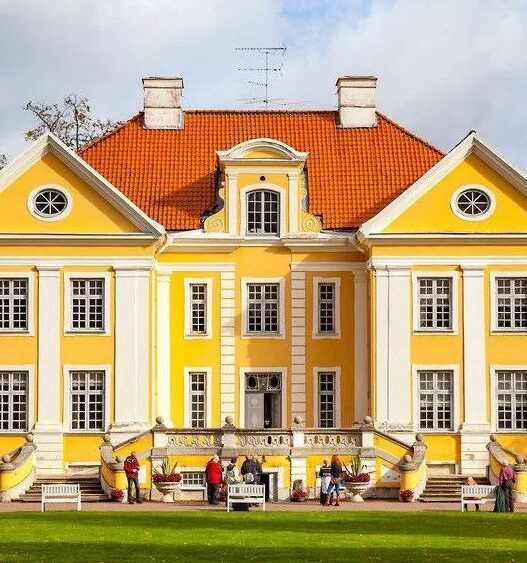Nestled within the heart of Italy, Vatican City is not just the smallest independent country in the world, it’s also the spiritual epicenter of Catholicism and home to some of the world’s most stunning art and architecture. Even if you’re not religious, its grandeur and solemn beauty will leave you in awe.
The Vatican: A Miniature Nation with Monumental Significance
Vatican City, occupying just 0.44 square kilometers, is located on a hill in the northwest corner of Rome. As of October 2023, it has a permanent population of 764, primarily Italians. Despite its small size, it boasts its own bank, post office, and telecommunication services, though it lacks natural resources and industrial production. The Vatican’s income mainly comes from tourism, property rentals, religious banking profits, and donations from its followers. In 2018, however, the Vatican faced a €70 million budget deficit.
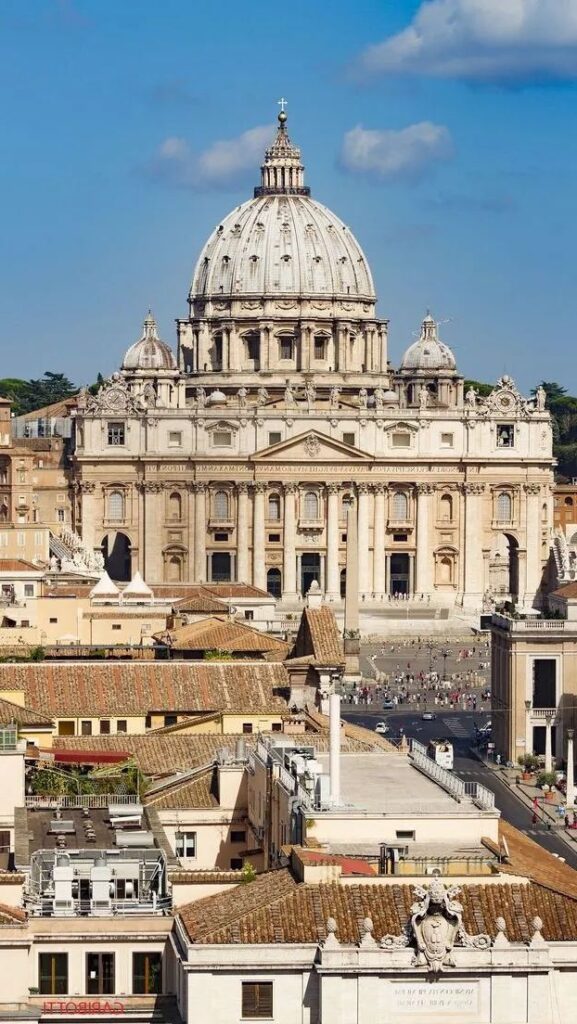
Must-Visit Sights in Vatican City
St. Peter’s Basilica
As the world’s largest church, St. Peter’s Basilica is a breathtaking architectural marvel designed by Michelangelo. The dome, considered the pinnacle of Renaissance architecture, is a masterpiece in itself. Inside, you’ll find iconic art pieces like Michelangelo’s “Pietà,” which leaves visitors speechless with its beauty.
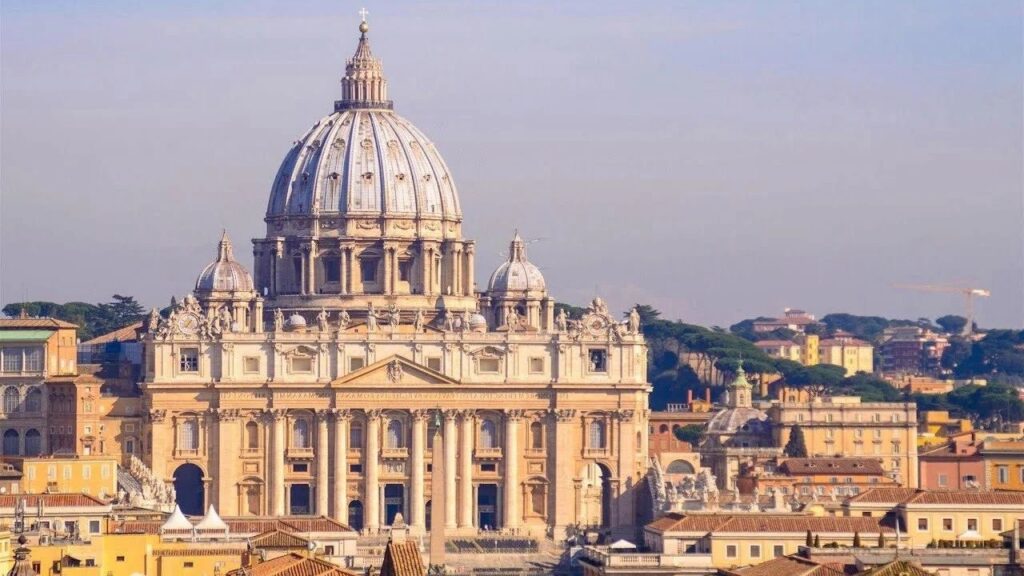
Vatican Museums
A treasure trove of art and history, the Vatican Museums span 7 kilometers of galleries filled with Roman sculptures, Renaissance paintings, and historical artifacts. Highlights include Raphael’s “School of Athens” and Michelangelo’s stunning ceiling frescoes in the Sistine Chapel. Don’t forget the famous Bramante Staircase, perfect for your Instagram photos.
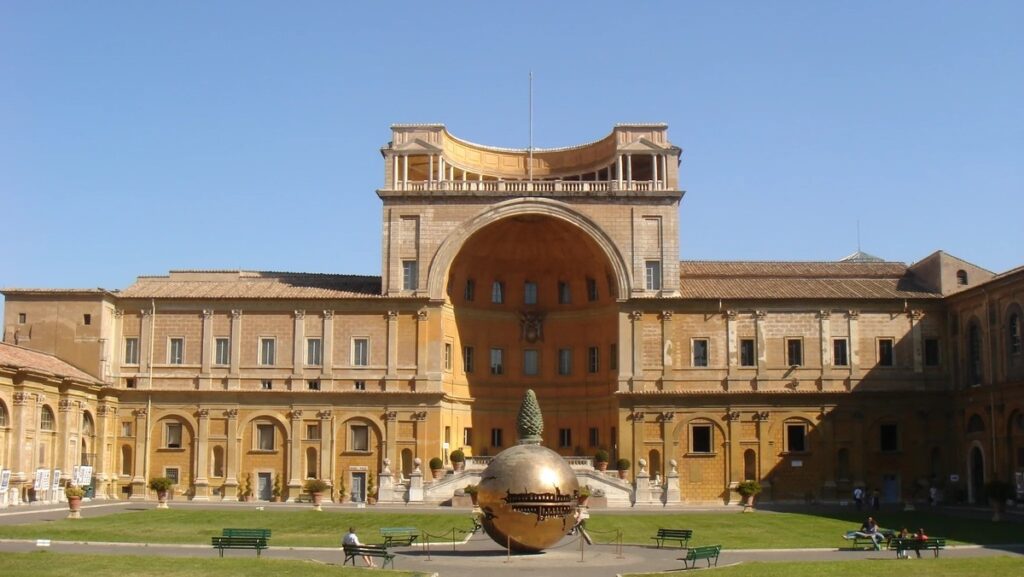
Sistine Chapel
Famous for Michelangelo’s “Last Judgment” painting, the Sistine Chapel is not only a religious site but also an art pilgrimage. Located in the Apostolic Palace, this chapel is where the Papal Conclave is held, where cardinals gather to elect a new pope.
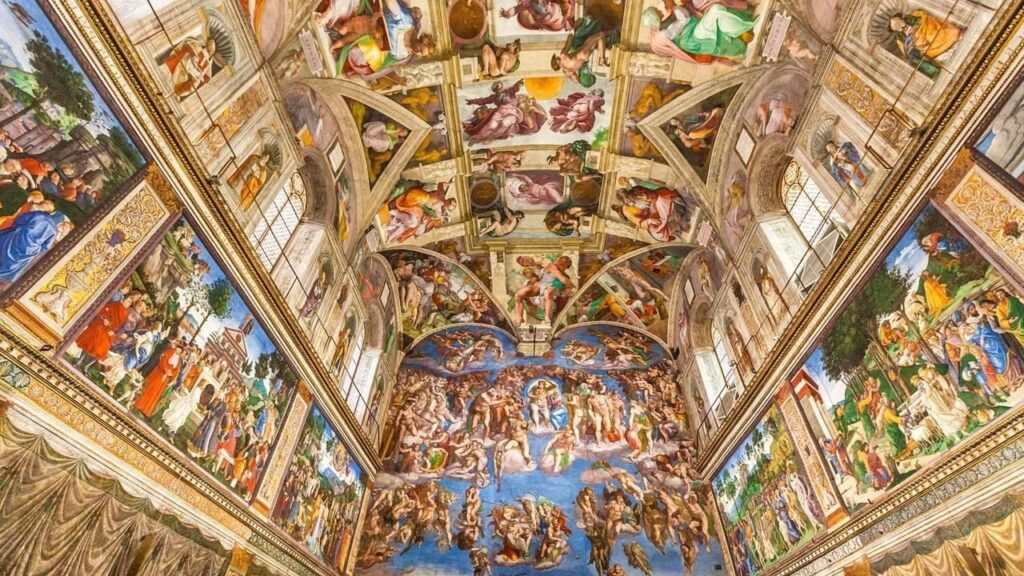
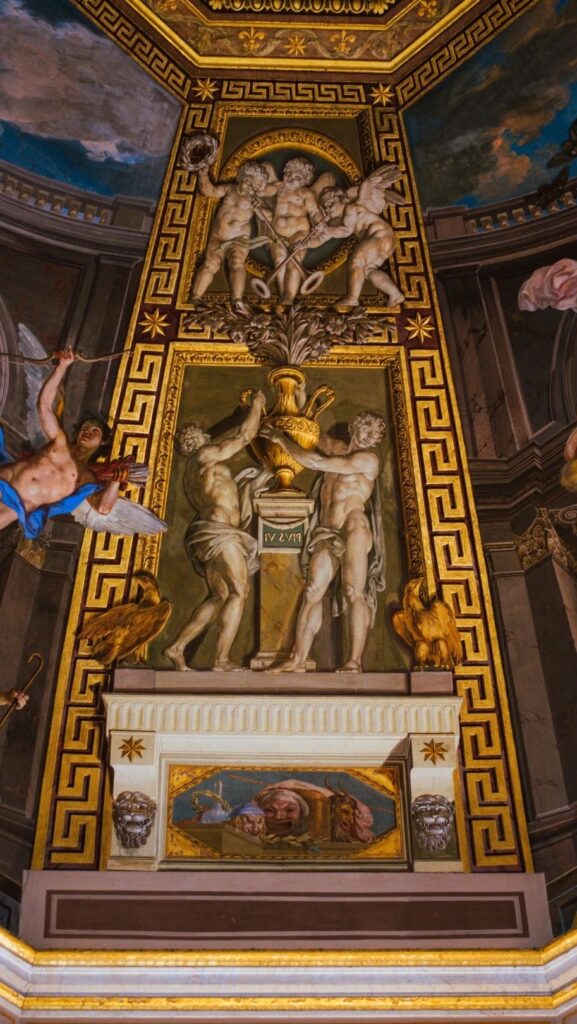
St. Peter’s Square
A grandiose open space, designed by Bernini, it is surrounded by 284 columns that embrace visitors, symbolizing the Catholic Church’s unity. The square can accommodate over 300,000 people and features a beautiful geometric marble design.
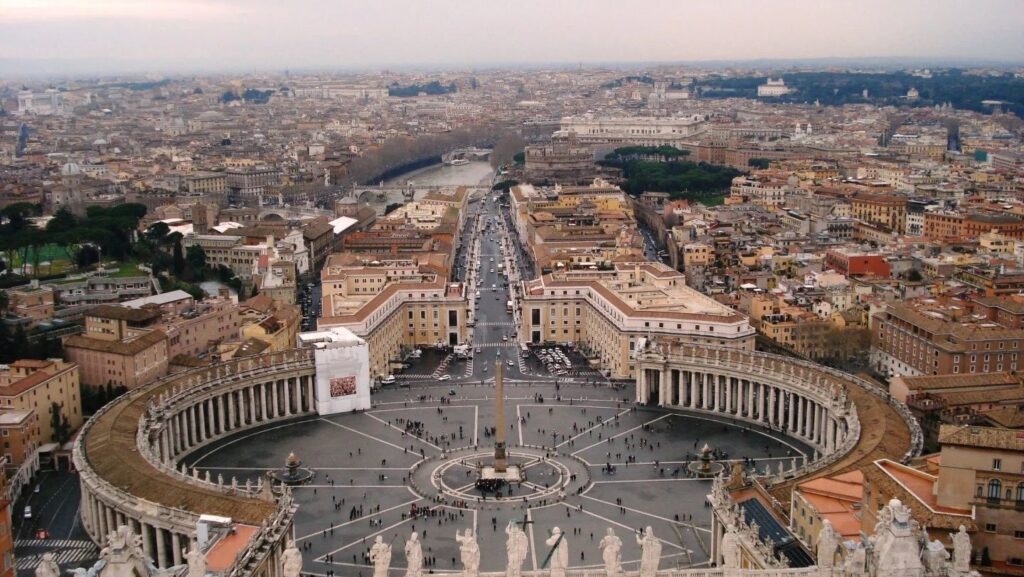
Vatican Gardens
Covering more than half of the Vatican’s area, these 20-hectare gardens are a peaceful haven, blending Renaissance and Baroque styles. Wander through lush green landscapes, with fountains, sculptures, and vibrant flowers.
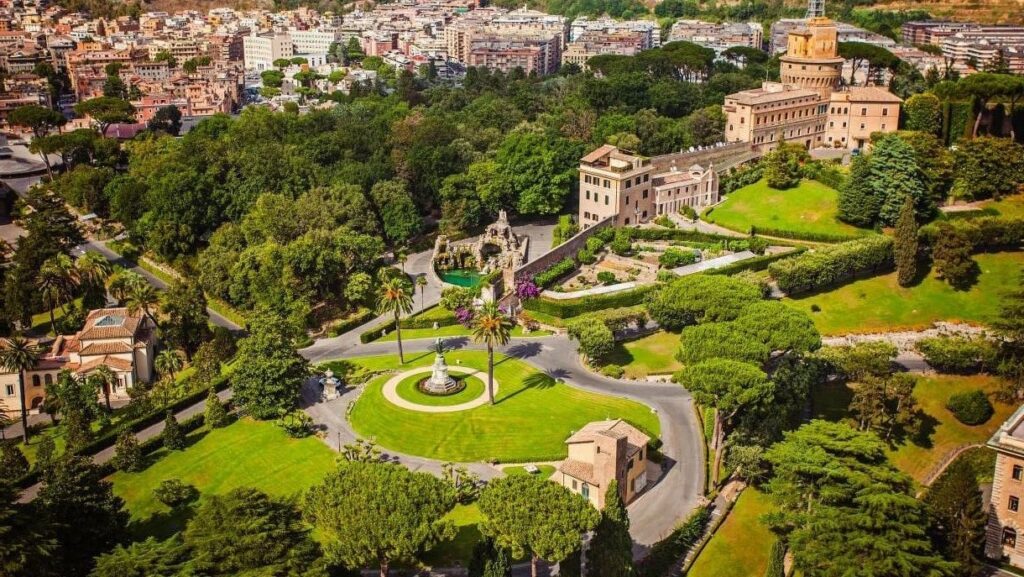
Delicious Italian Cuisine You Must Try
Pasta alla Carbonara
A Roman classic, this creamy pasta is made with eggs, Pecorino cheese, black pepper, and crispy bacon. Rich and hearty, it’s a must-try for food lovers.
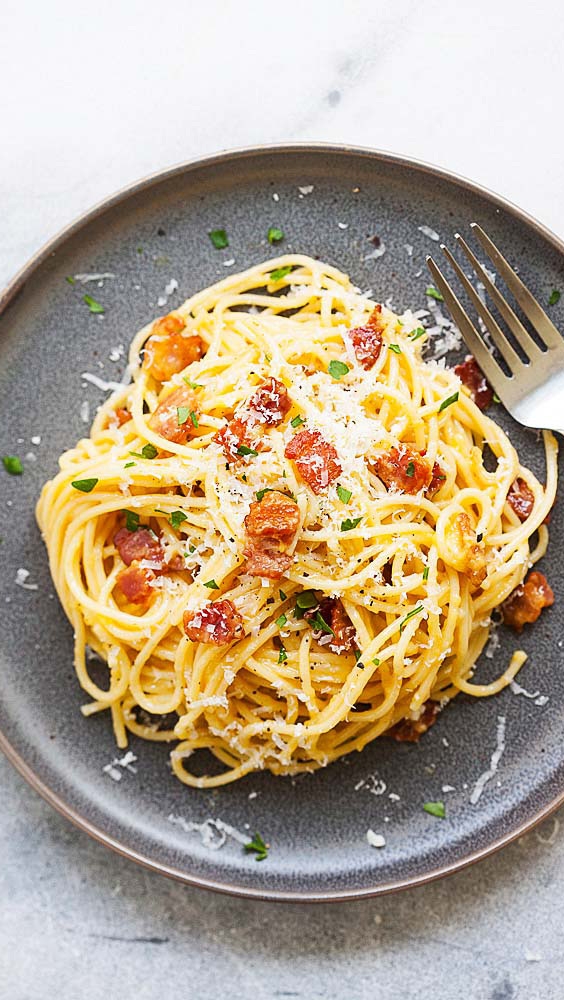
Coda alla Vaccinara
This braised oxtail dish is a traditional Roman delicacy. Slow-cooked with tomatoes, celery, and wine, the meat is tender and full of flavor.

Carciofi alla Giudia
Fried artichokes, crisped to perfection, with a hint of olive oil, are a Jewish-Roman specialty. The perfect snack or side dish!
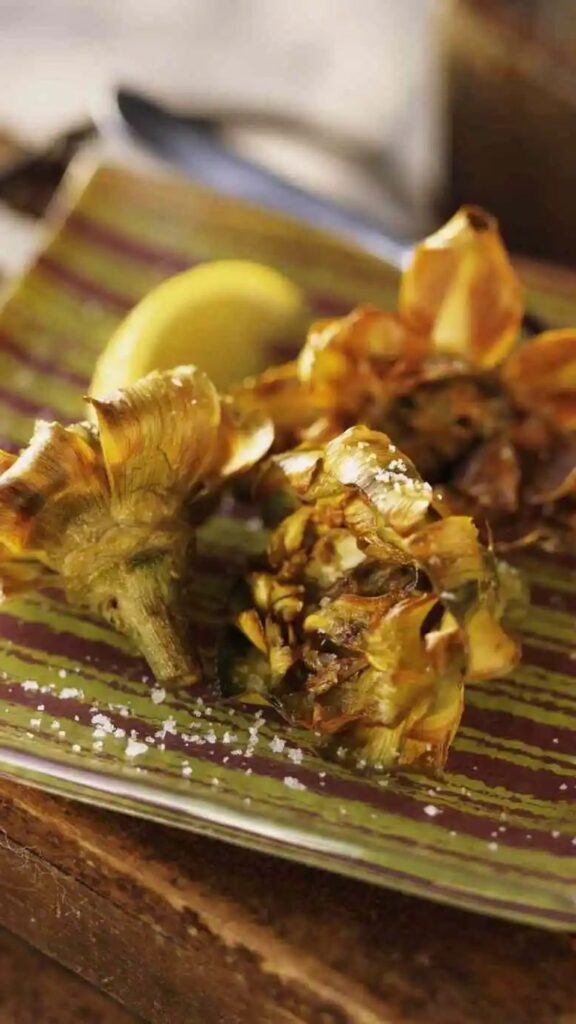
Best Time to Visit Vatican City
Climate Overview
Vatican City enjoys a Mediterranean climate with mild winters and warm summers. The average annual temperature is 16°C. Winter months (December to February) can be chilly, while summer (June to August) tends to be hot, especially in July (average temperature: 24°C).
Ideal Travel Seasons
- Spring (March to May): Mild weather with fewer tourists, making it perfect for a peaceful and in-depth exploration of the Vatican’s attractions.
- Autumn (September to November): Cool temperatures and beautiful colors in the gardens and St. Peter’s Square make it an excellent time for photography and long walks.
Avoiding Crowds
- Summer (June to August): The high heat and large crowds can make sightseeing uncomfortable, especially in popular areas like the Vatican Museums.
- Winter (December to February): Cold and rainy, with fewer events and limited outdoor activities.
